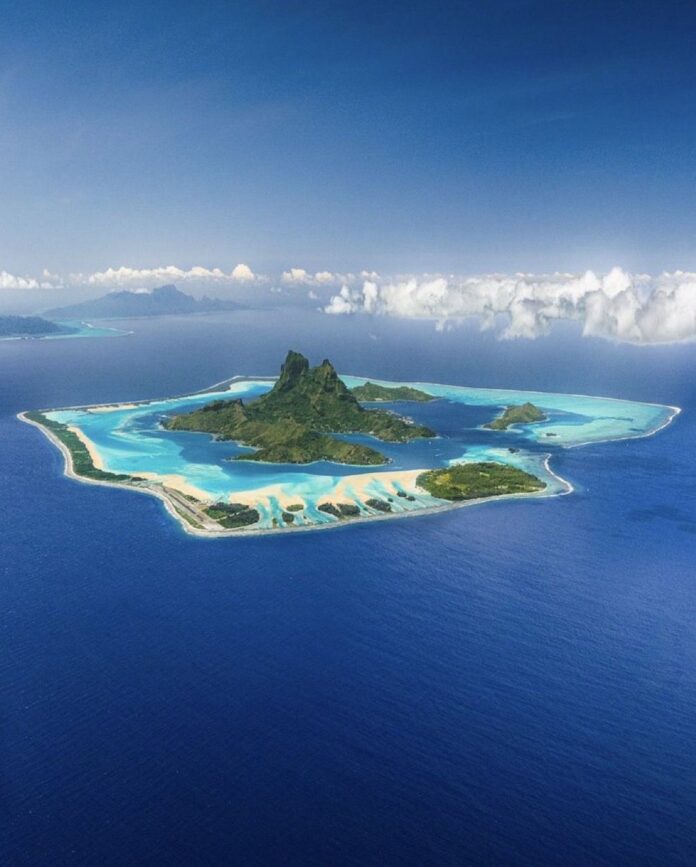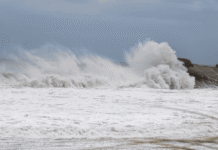In a significant move to future-proof critical defence infrastructure, the central government has indicated that it may explore the construction of artificial islands with higher elevation in the Andaman and Nicobar Islands to counter the growing threat of climate change and sea level rise.
This revelation came in a written reply by Minister of State for Defence, Sanjay Seth, in the Rajya Sabha on Monday. He stated that the Indian Navy is evaluating long-term options such as land reclamation and creation of elevated artificial islands specifically for naval use in the strategically crucial archipelago.
The Andaman and Nicobar Islands, which host key naval and tri-services infrastructure, are particularly vulnerable to climate impacts due to their low elevation, most areas lie less than five metres above mean sea level. The Minister informed the House that the Naval Meteorology and Oceanography (METOC) Organisation has built a comprehensive database on the frequency of cyclonic storms, tsunami wave impacts, and their travel times across various ports in the islands.
“Alternatives such as land reclamation and creation of artificial islands with higher elevation over the long term, specifically for naval use, are also proposed,” Seth stated, acknowledging the environmental challenges faced by the region.
In response to a query by Member Ajeet Gopchade regarding steps taken to address the impact of global warming on defence assets, Seth outlined a multi-pronged approach adopted by the Navy. This includes not only physical infrastructure planning but also ecosystem-based adaptation such as coastal afforestation and mangrove restoration to mitigate coastal erosion in naval zones.
Seth added that the Indian Navy has constituted a “Coordination and Monitoring Committee on Climate Change” which regularly convenes to assess and oversee issues related to climate change and its operational implications. He highlighted that the committee’s primary focus remains on the potential consequences of global mean sea level rise, especially in the Indian Ocean Region, an area central to India’s maritime interests.
Additionally, the Navy’s Maritime Capability Perspective Plan, which outlines future force development, is being shaped in part by anticipated climate challenges. According to the Minister, environmental factors are now integral to mission planning, with weather analysis being conducted to understand its likely effects on ships, aircraft, submarines, and personnel.
“The planned induction of platforms also takes into account the necessity for platforms and their weapons, sensors, equipment and systems to perform at the desired operational efficiency during adverse weather conditions,” he added.
The discussion signals a policy shift where climate resilience is no longer peripheral but central to India’s defence strategy in ecologically fragile zones like the Andaman and Nicobar Islands. Experts say this could set a precedent for similar adaptations across other vulnerable coastal military zones in the country.
With the islands serving as a critical military outpost in the eastern Indian Ocean, the proposed measures underscore a growing recognition that climate change is not just an environmental issue, but a strategic one.





